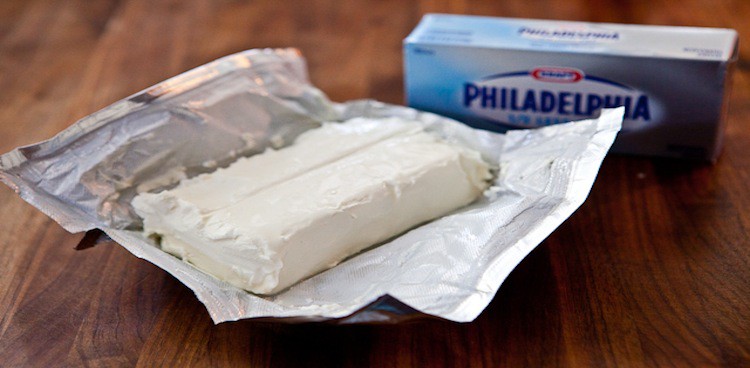
Cheesemaking is a time-tested and aged art, but the process is only half of the story! The history of cheese is not quite as simple as you might think, and it can connect us back to some of the most iconic figures of the past. From politicians to pop stars, join culture intern Emily as she dives into history and learns about the cheese culture during the life and times of some of America’s most famous faces. Last week we learned about Mark Twain and the Industrial Revolution. This week we venture into the time of Jesse James.
On the evening of July 21, 1873, a passenger train thundered along at full speed near Adair, Iowa. As it rounded a blind curve, the train suddenly hit an area where the tracks had been pulled away, causing it to derail and crash into a nearby ditch. Before any of the passengers could escape, a gang of masked robbers boarded the train and demanded the valuables of everyone aboard. This shocking train robbery was led by none other than the infamous outlaw, Jesse James.

Photo Credit: histdocs.com
Jesse James and his pillaging posse, the Younger-James Gang, were notorious robbers of the Old West. By the 1870s, they had made a fearful name for themselves stealing from banks, but the Iowa heist was one of the first times that rogue outlaws had been bold enough to rob a train. And with the steadily growing railroad network appearing on the American landscape in the late nineteenth century, thieves like Jesse James committed more and more crimes of opportunity. By this point in history, trains were carrying more than just gold in their cargo. The invention of the refrigerated boxcar and the expanding railroad system was also beneficial for the growth of the cheese industry.

Photo Credit: plumasnews.com
The refrigerated railroad car was a revolutionary design that changed the way Americans ate. With double walls for insulation purposes, the boxcar had hatches on the roof that could be filled with large ice blocks at a station every 400 miles along a train’s route. The invention of the refrigerated railroad car allowed for perishable food items, such as meat and dairy products, to be shipped across much of the country, thus beginning the expansion of the American food market.
It was around this same time that one of the United States’ most beloved cheeses was born: cream cheese. Of course, we know today that cream cheese is very similar to the long-used Neufchatel cheese spread. However, in 1873 a New Yorker by the name of William Alfred Lawrence simply added cream and salt to the traditional Neufchatel recipe, and began to market the creation as an entirely new cheese product. Sold in rectangular blocks and wrapped in tin foil, cream cheese could be easily shipped across the country via refrigerated railway cars.
Perhaps the biggest heist of them all: “Philadelphia” cream cheese was never actually made in the City of Brotherly Love, but instead was produced in New York cheese factories. In the late 1800s, Philadelphia was considered to be at the heart of fine dining in America. In order to capitalize on this, Williams’ distributor came up with a clever marketing trick that branded the cheese forever. Rather than being called “New York” cream cheese, the product was sold as “Philadelphia” cream cheese in order to heighten its value and appeal to an upper echelon of consumers, all of whom were willing to pay a higher price for the simple name association.
It seems like Jesse James wasn’t the only robber in town.
Comments:
Whether you were an outlaw like Jesse James, a cowboy, or a pioneer moving west, life on the American frontier meant hearty meals of beans, beef, and sourdough bread. What types of cheeses do you think go best with the Wild West way of life? Tell us your answer in the comments section, and you would win a free issue of our Best Cheeses of the Year issue! Comments must be posted by Tuesday, October 21 to be eligible to win. Winners must be located in the continental US. Good luck!
Photo Credit: Featured image courtesy of steamykitchen.com



Hard ones that transported easily and kept longer b/c of the low moisture content